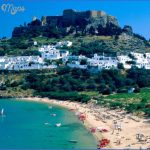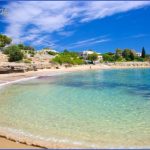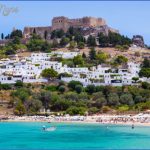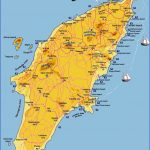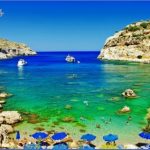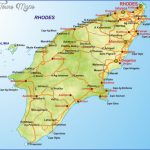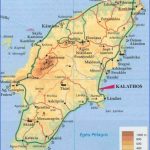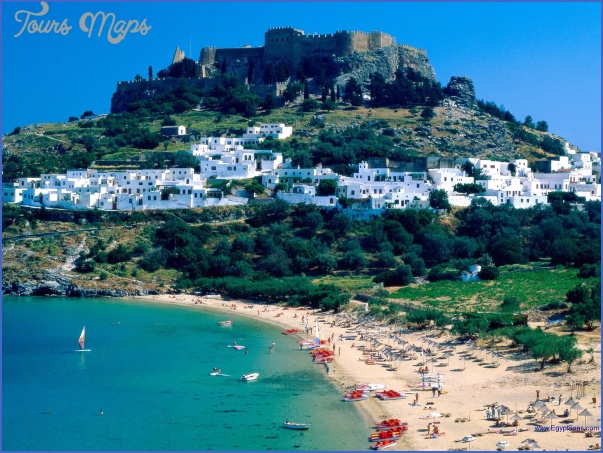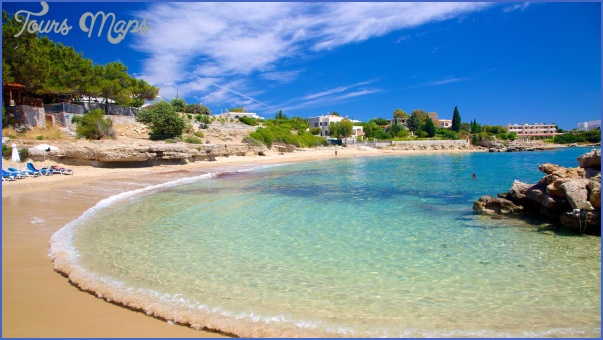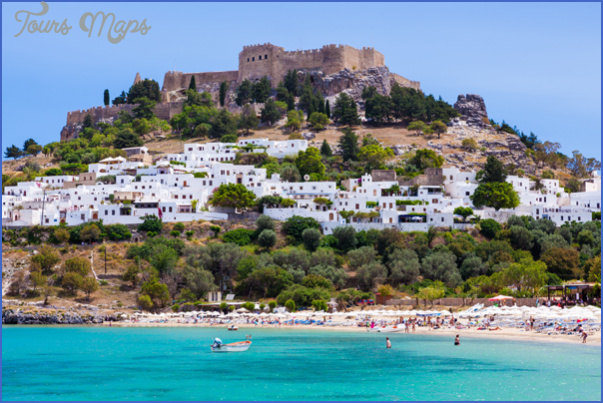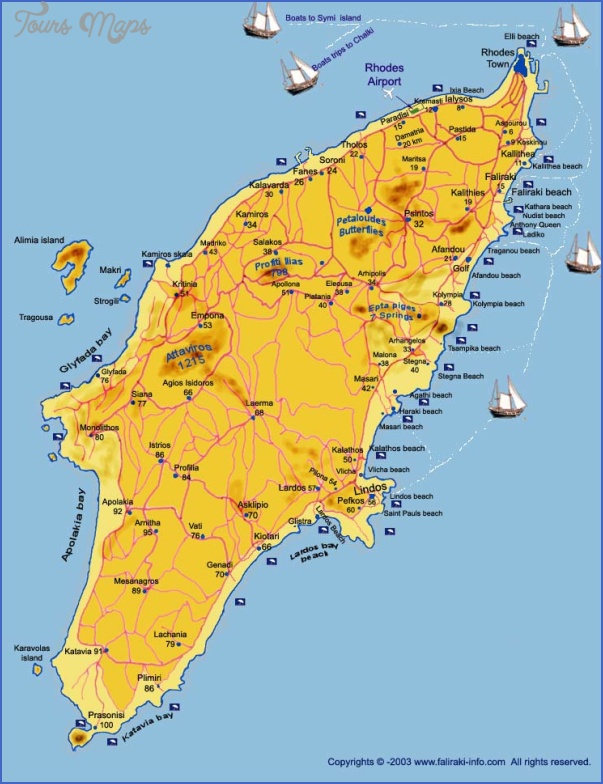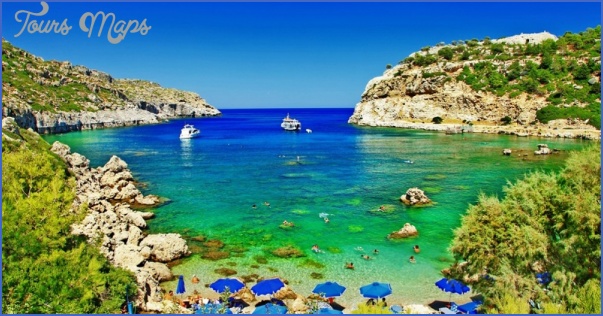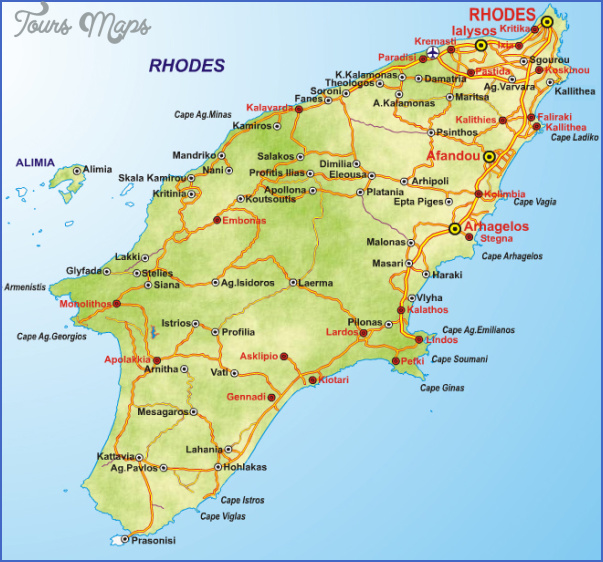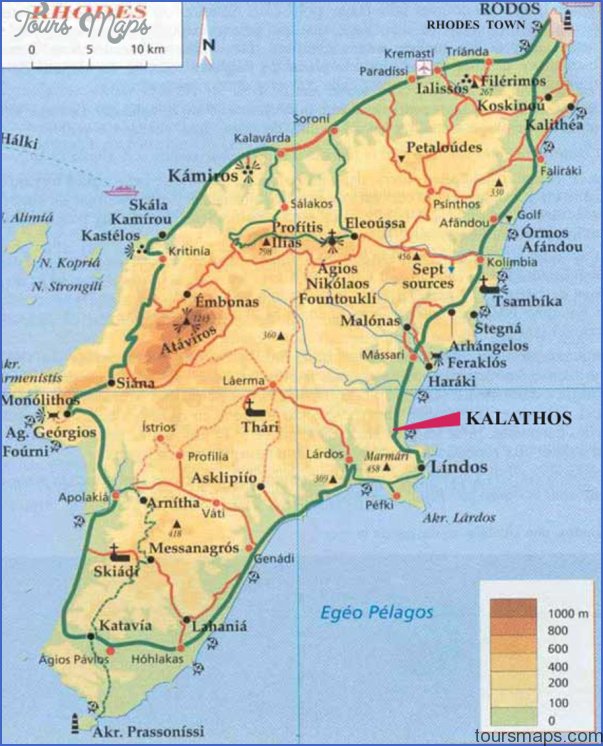RHODES
The undisputed tourism capital of the Dodecanese, the island of Rhodes (pop.99,000) has retained a sense of serenity in the sandy beaches along its east coast, the jagged cliffs skirting its west coast, and the green mountains dotted with villages in its interior. The island’s most famous sight is one that doesn’t exist: the Colossus of Rhodes, a 35m bronze statue of Helios was one of the Seven Wonders of the Ancient World. While recent historians have debated the exact stance of the statue, legend says it straddled the island’s harbor until it was destroyed by an earthquake in 237 BC. The Old Town, constructed by the Knights of St. John, lends Rhodes Town a medieval flair. At the top of the hill, a tall, square tower marks the entrance to the pride of the city, the Palace of the Grand Master, which features moats, drawbridges, battlements, and 300 rooms, (o 22410 25 500. Open Su and Tu-Sa 8:30am-3pm. ‚6, students ‚3. EU students free.) The beautiful halls and courtyards of the Archaeological Museum, dominating the Plateia Argykastrou, shelter small treasures, including the exquisite Aphrodite Bathing from the first-century BC. (Open T-Su 8:30am-2:30pm. ‚3, students ‚1.50.) Nightlife in the Old Town focuses around the street of Milita- dou, off Apelou. Orfanidou, in the New Town, is popularly known as Bar Street. Fifteen kilometers south of the city, Faliraki is frequented by rowdy drinkers and beach bathers. Buses run to Faliraki from Rhodes Town (20 per day, ‚1.60).
Ferries leave Rhodes Town for: Athens (1-4 per day, ‚30); Karpathos (3 per week, ‚15); Kos (1-2 per day, ‚15); Patmos (1-2 per day, ‚29); Samos (1 per week, ‚22); and Sitia, Crete (3 per week, ‚22). There is a Greek National Tourist
RHODES Photo Gallery
Maybe You Like Them Too
- Explore Les Accates, France with this Detailed Map
- Explore Góra Kalwaria, Poland with this detailed map
- Explore Gumdag, Turkmenistan with this detailed map
- Explore Telfes im Stubai, Austria with this detailed map
- Explore Langenselbold, Germany with this detailed map

